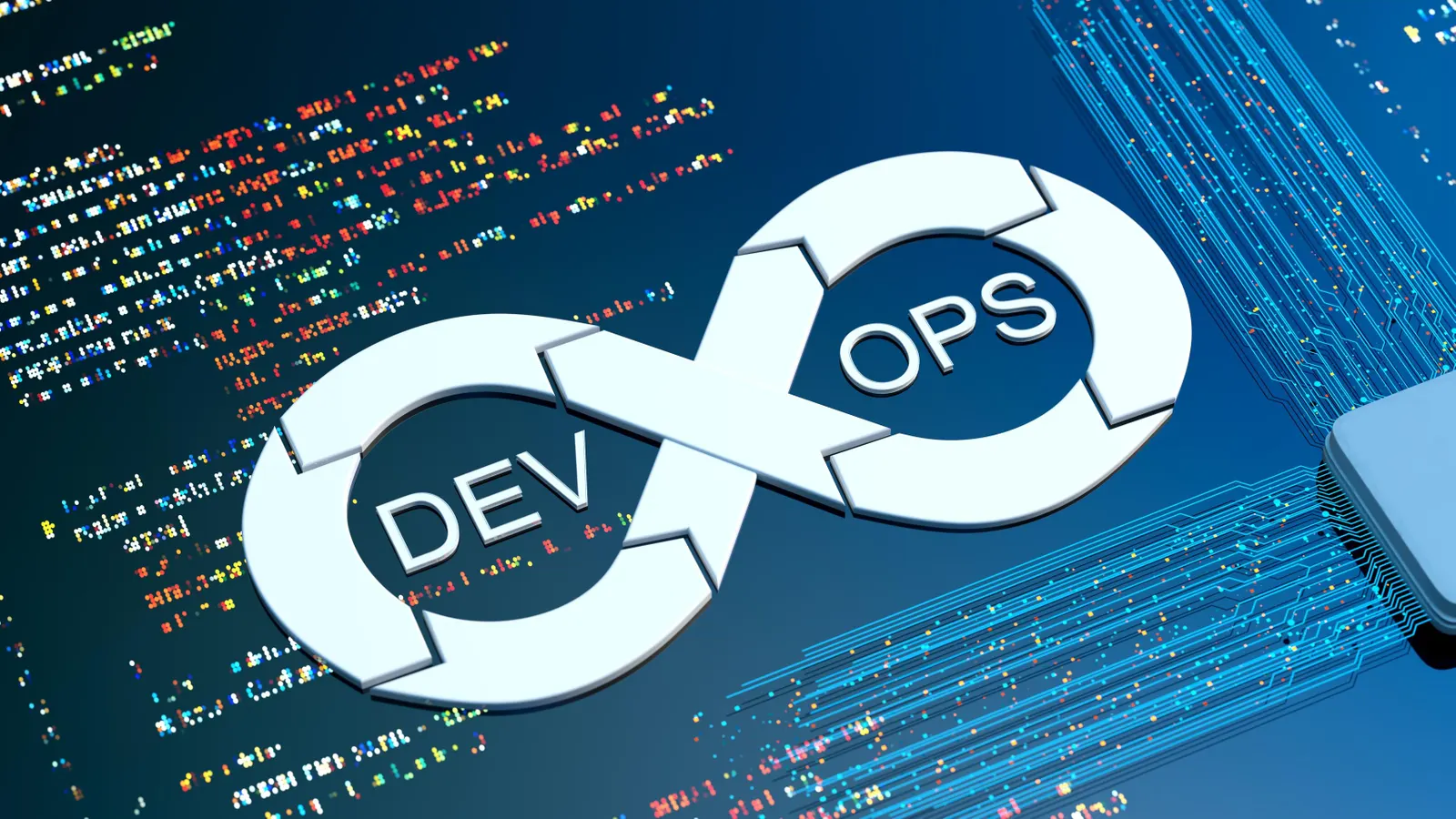
CI/CD Pipelines
At Akross IT, we help businesses transform their development and operations workflows through fully automated, intelligent, and secure CI/CD pipelines. Whether you're deploying microservices, mobile apps, or AI-driven platforms, our pipelines are designed for speed, consistency, and error-free releases—enabling you to go from code to production in minutes with minimal risk.


Our CI/CD Services Features
Pipeline Design and Implementation
Custom CI/CD pipelines designed from the ground up to suit your tech stack, development workflows, and target environments—on-prem, hybrid, or cloud-native.
Toolchain Integration
Seamless integration with GitHub, GitLab, Bitbucket, Jenkins, CircleCI, Azure DevOps, AWS CodePipeline, and more.
Automated Build, Test, and Deployment
Automate every phase—from code commits and unit tests to packaging, security checks, and production deployment.
AI-Powered Quality Gates
Use intelligent rules to validate build health, security compliance, and test coverage before promoting to the next stage.
Containerization & Orchestration
Deploy with Docker and Kubernetes to create scalable, reproducible environments across dev, staging, and production.
Infrastructure as Code (IaC)
Version-controlled provisioning of infrastructure using Terraform, CloudFormation, and Ansible.
Security & Compliance Automation
Embed vulnerability scanning, access control validation, and audit logging into every pipeline run.
Our CI/CD Implementation Process
DevOps Assessment and Planning
We begin with a deep dive into your existing development, QA, and release processes. Our team evaluates your code repositories, deployment workflows, infrastructure provisioning, and security policies.
Based on this assessment, we design a tailored CI/CD strategy aligned with your business goals, technical constraints, and team workflows. We also identify quick wins and long-term improvements to gradually evolve your DevOps maturity.
Toolchain Selection and Environment Preparation
Next, we define and configure the tools and environments required for CI/CD. This may include setting up Jenkins, GitHub Actions, GitLab CI, or a cloud-native service like AWS CodePipeline.
We create secure, versioned environments for development, staging, and production. Credentials, secrets, and access controls are managed securely using tools like Vault or AWS Secrets Manager.
This step ensures a stable, scalable foundation for pipeline automation.
Pipeline Development and Automation
We build your CI/CD pipelines with modular stages for code checkout, build, test, security scan, artifact packaging, and deployment.
For microservices, pipelines are designed to run in parallel with automated environment provisioning.
Every stage includes error handling, notification hooks, and rollback mechanisms where necessary. For AI/ML workflows, we integrate model validation, version control, and continuous training checkpoints into the pipeline.
Quality Gates and Security Integration
We introduce automated quality gates into each stage—validating test coverage, linting, SAST (static analysis), DAST (dynamic analysis), and license checks.
These gates ensure that only clean, tested, and compliant code makes it to the next environment.
Integration with tools like SonarQube, Snyk, or Checkmarx adds an additional security layer, enabling early identification of vulnerabilities and policy violations.
Continuous Testing and Validation
Testing is embedded directly into the CI/CD pipeline—from unit and integration tests to UI automation and performance benchmarks.
We use tools like Selenium, Cypress, Postman, and JMeter to validate every release automatically.
AI-enhanced test selection and dynamic test orchestration help optimize test duration while maintaining high confidence in releases.
Deployment, Monitoring, and Rollbacks
With validated builds, we deploy to the target environments using blue-green, canary, or rolling strategies based on your needs.
Real-time monitoring tools (such as Prometheus, Grafana, or New Relic) track deployment health, latency, and error rates.
If an issue is detected, automated rollbacks are triggered to revert to the last stable state, ensuring zero-downtime and business continuity.
Feedback Loop and Continuous Improvement
Post-deployment, pipeline metrics—like build success rate, lead time, change failure rate, and mean time to recover—are analyzed.
Feedback from stakeholders and users is incorporated into future iterations. We continuously tune the pipeline to improve efficiency, reduce manual interventions, and align better with evolving engineering practices and technologies.
Types of CI/CD Implementations We Support
CI/CD for Web & Mobile Applications
Automate releases across web, iOS, and Android platforms with proper testing, signing, and rollout strategies.
AI/ML Model Deployment Pipelines
Automate training, validation, versioning, and deployment of ML models using MLOps practices.
Microservices & API Pipelines
Enable parallel, independent deployments of services and APIs with version control and rollback mechanisms.
Enterprise DevOps CI/CD
Design pipelines that align with enterprise governance, multi-cloud deployments, and complex release workflows.
CI/CD in Regulated Environments
Implement pipelines with integrated compliance checks for industries like finance, healthcare, and aerospace.




